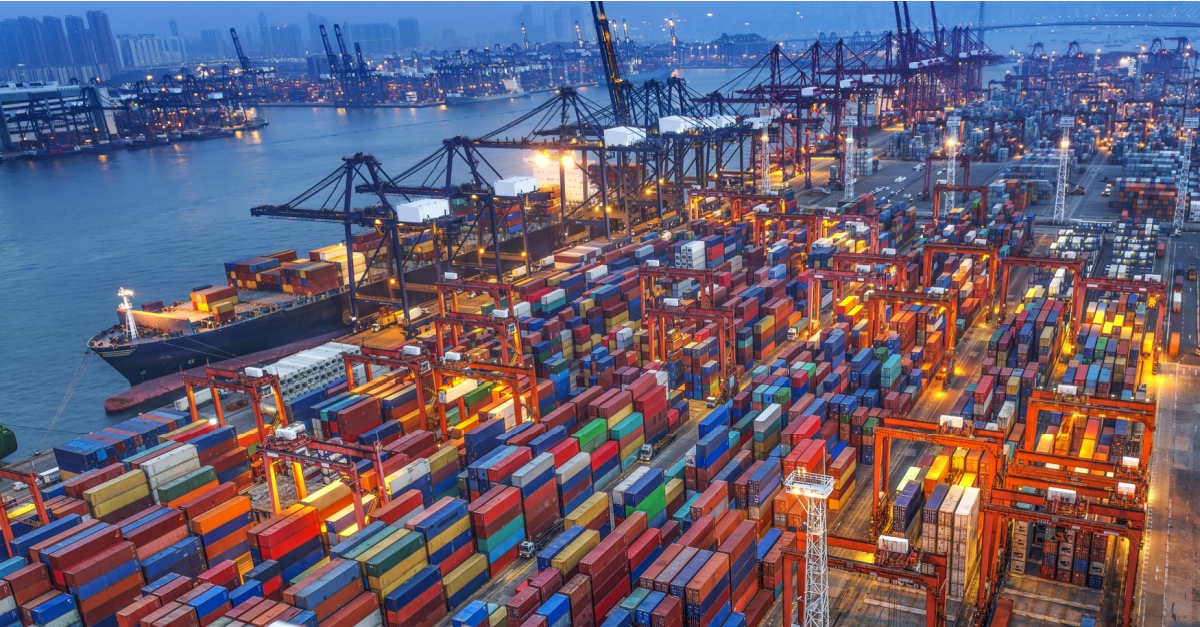
Air cargo executives from leading airlines reported robust demand for e-commerce shipments out of Asia, which has become critical for the industry’s recovery from pandemic disruptions. Truckload carriers report a return to “normal seasonality,” akin to 2019, but the freight market remains weak, resembling a prolonged recession.
Continue reading to find out more about the latest news or reports across the logistics world for September 2024.
Following the pandemic, the air cargo industry struggled with disruptions that inevitably impacted available capacity and their ability to service demand. However, air freight fortunes have seen a turnaround since then. As e-commerce continues to thrive, it has injected life into the industry through robust demand — so much that the pre-pandemic numbers do not stack up anymore.
Take Cathay Pacific’s cargo volume, for example. It now consists of 50-60% e-commerce shipments, a sharp increase from 20-30% before COVID-19. Emirates SkyCargo noted that 20% of its global volume is e-commerce. At the same time, Qatar Airways emphasized the absence of growth in traditional air cargo, with e-commerce accounting for most of the volume.
As demand grows, air cargo capacity faces a potential crunch, with some routes from Asia to Europe fully booked. However, it is not all good news for the industry as regulatory pressures in the U.S. and E.U. are being introduced to monitor online orders. Executives do believe it will have little impact, though.
Despite a weakened freight market, truckload carriers expect a return to normal, similar to 2019. Jim Filter, the EVP of Schneider National, noted that the market is still low, and seasonality returned in June. In recent years, the number of carriers bowing out of the market has spiked, reducing capacity and driving up the spot rate by 25 cents.
Derek Leathers, CEO of Werner Enterprises, noted that capacity reductions balance the market but cautioned that it’s too early to declare a full recovery. However, load-to-truck ratios stand at 3.5-to-1, with tender rejections at 4.5%, which are lower than desired levels for a significant increase in spot freight rates.
Carrier operating costs remain 25 to 30 cents per mile higher than spot rates, and 20% of brokers have shut down as small and midsize operations struggle amidst consolidation among shippers.
Retailers and manufacturers are on edge about the potential strike by members of the International Longshoremen’s Association (ILA), which is set to begin October 1 if a new contract isn’t reached with the United States Maritime Alliance.
The strike would impact 25,000 shippers across the ports and carriers, potentially costing the economy billions of dollars. However, many companies have preemptively imported goods or shifted shipments to West Coast ports to avoid collateral damage. A key reason for the earlier-than-usual peak season.
Major ports like Savannah and Houston bring in critical supplies for U.S. manufacturers, making a prolonged strike potentially devastating for industries dependent on timely shipments. Experts now warn that a strike could cause rising costs, manufacturing shutdowns, and job losses.
U.S. Customs and Border Protection (CBP) has delayed implementing a change in its trade platform, ACE, which would automatically reject shipments exceeding the $800 daily de minimis exemption limit. Initially set for September 28, the change has been postponed to at least February after feedback from the trade community.
Starting January 11, 2025, CBP will issue warnings to automated commercial environment (ACE) filers when a shipment approaches the daily de minimis limit. The automated rejection function will be deployed no sooner than 30 days after the warning phase starts.
The growing volume of de minimis shipments has complicated efforts to stop illegal and counterfeit goods, prompting the CBP to strengthen enforcement.
Logistics can be quite complex and confusing in some cases. But does it have to be? With Zengstics, you have a company that can ensure your business and supply chain enjoy seamless logistics operations. Our focus is delivering the highest level of customer service, providing data-driven solutions, practicing proactive communication, and maximizing efficiency for scalable growth and personalized solutions to optimize your supply chain nationwide.
With Zengistics, you are sure of:
Zengistics is the smarter option for getting logistics done more efficiently. Connect with us today.